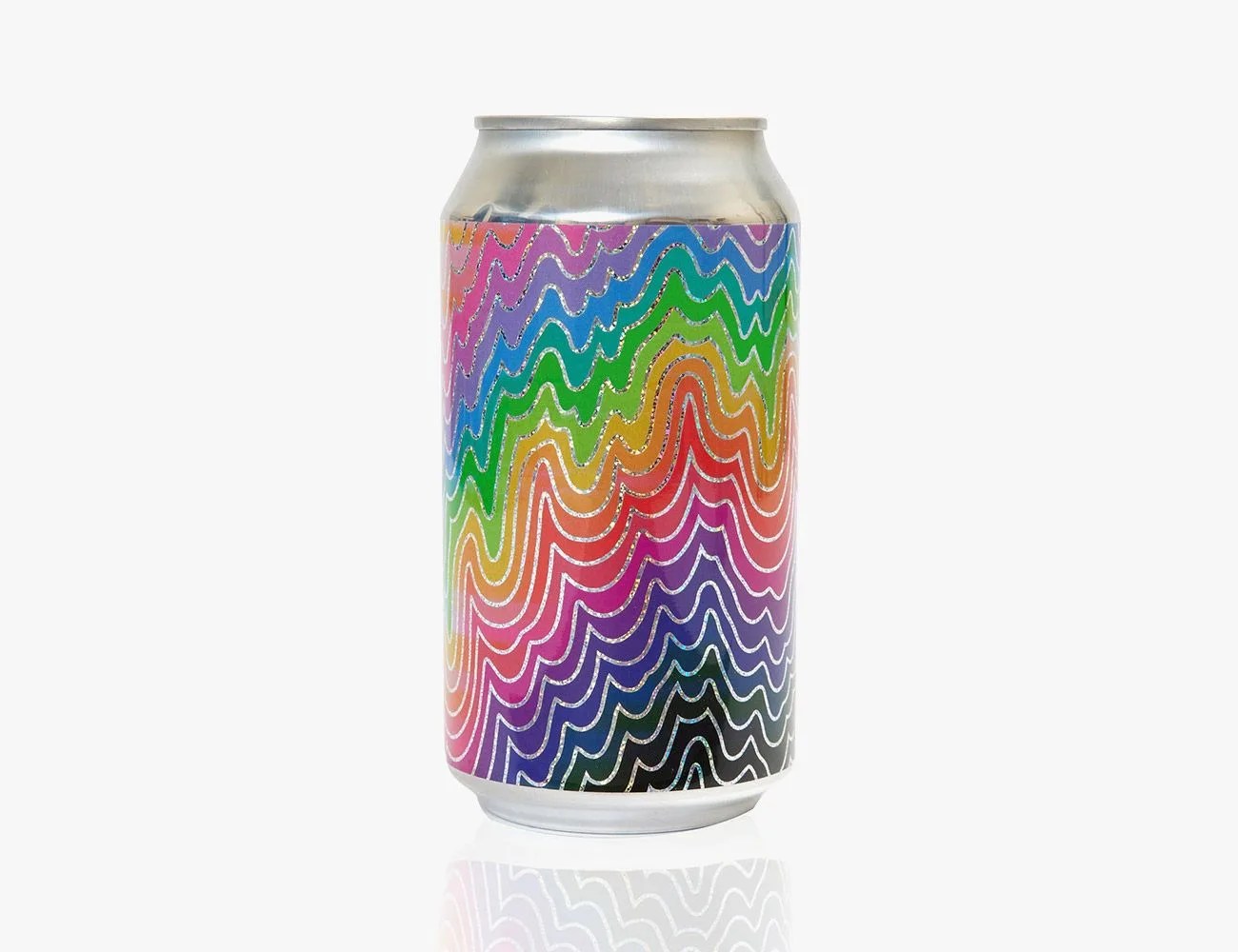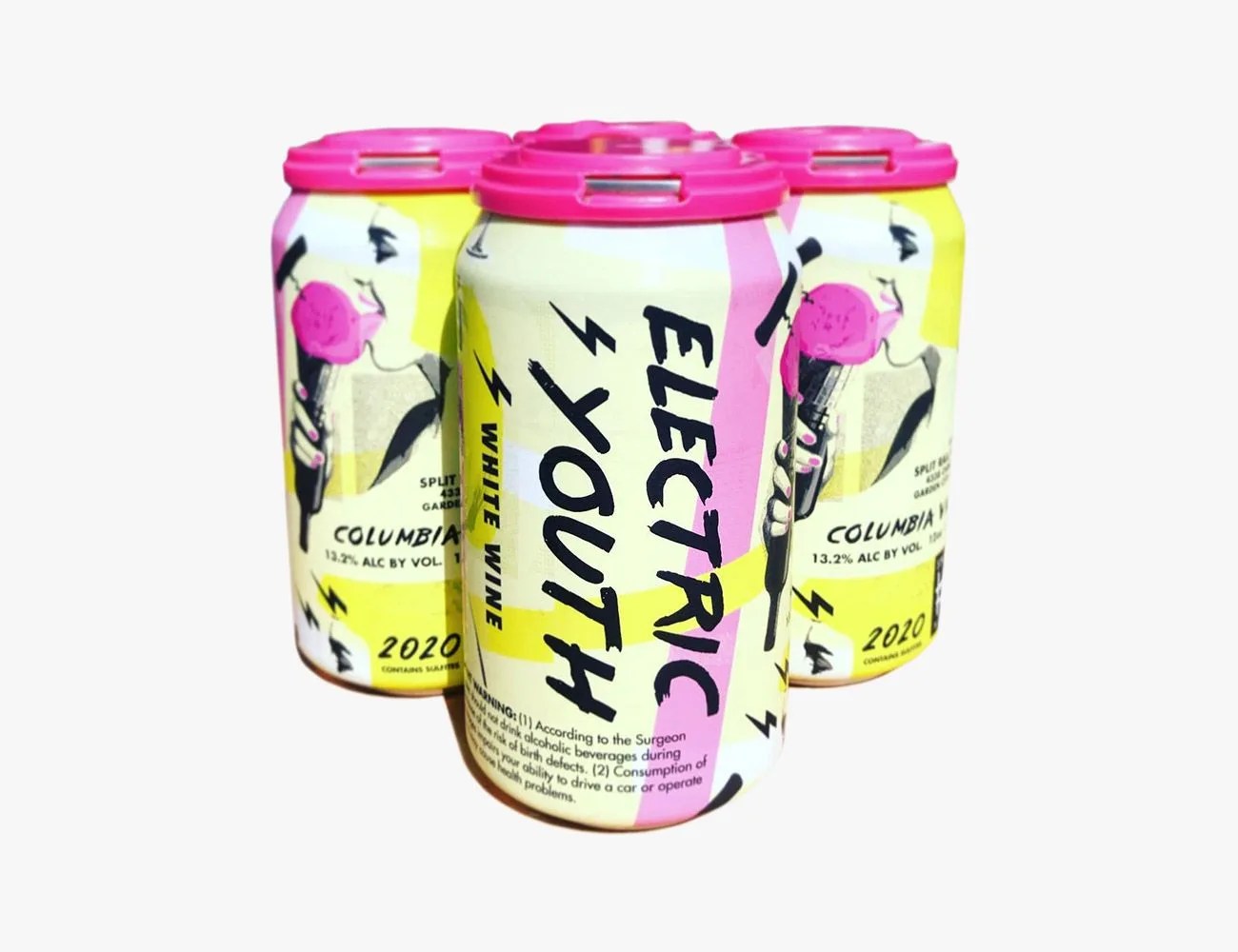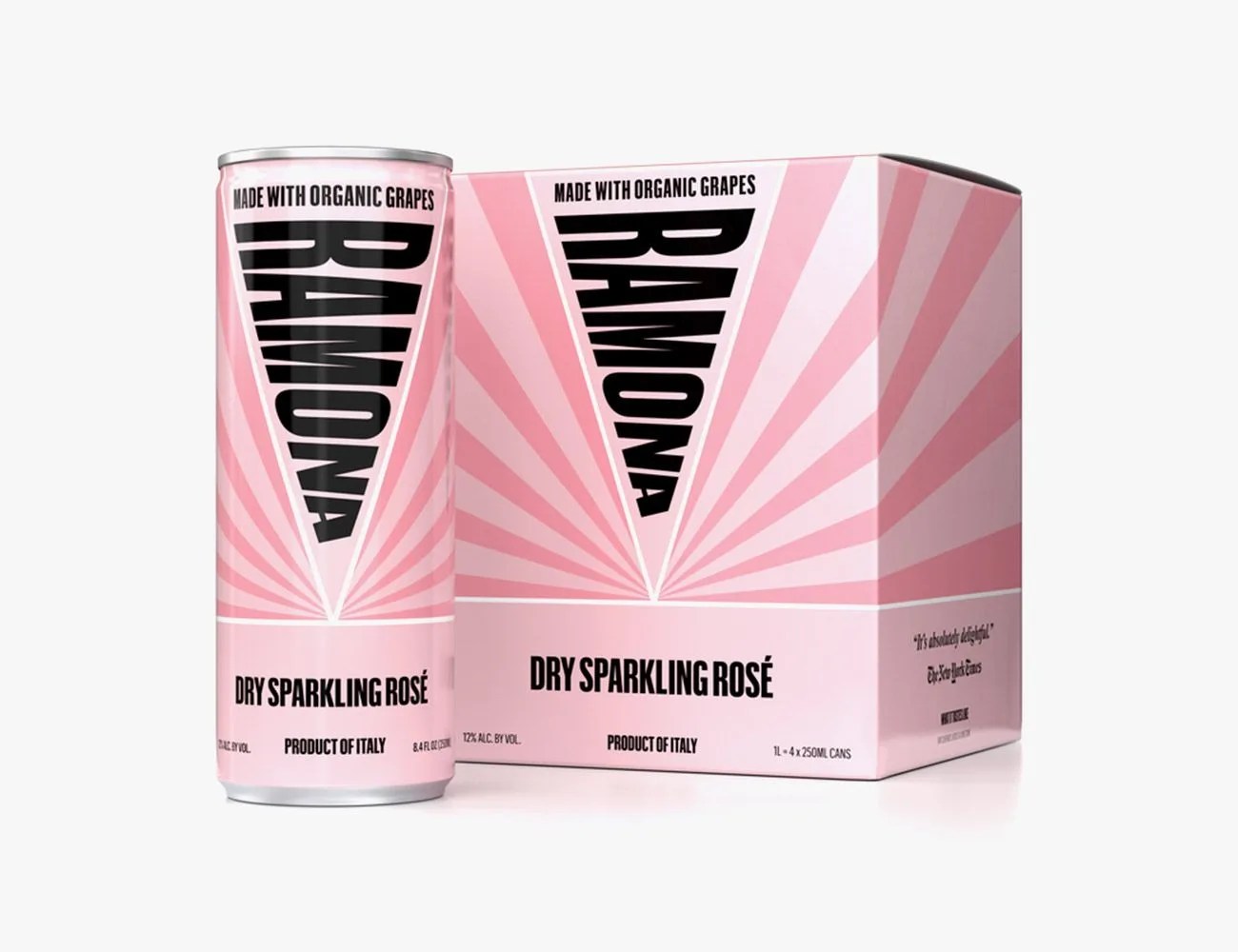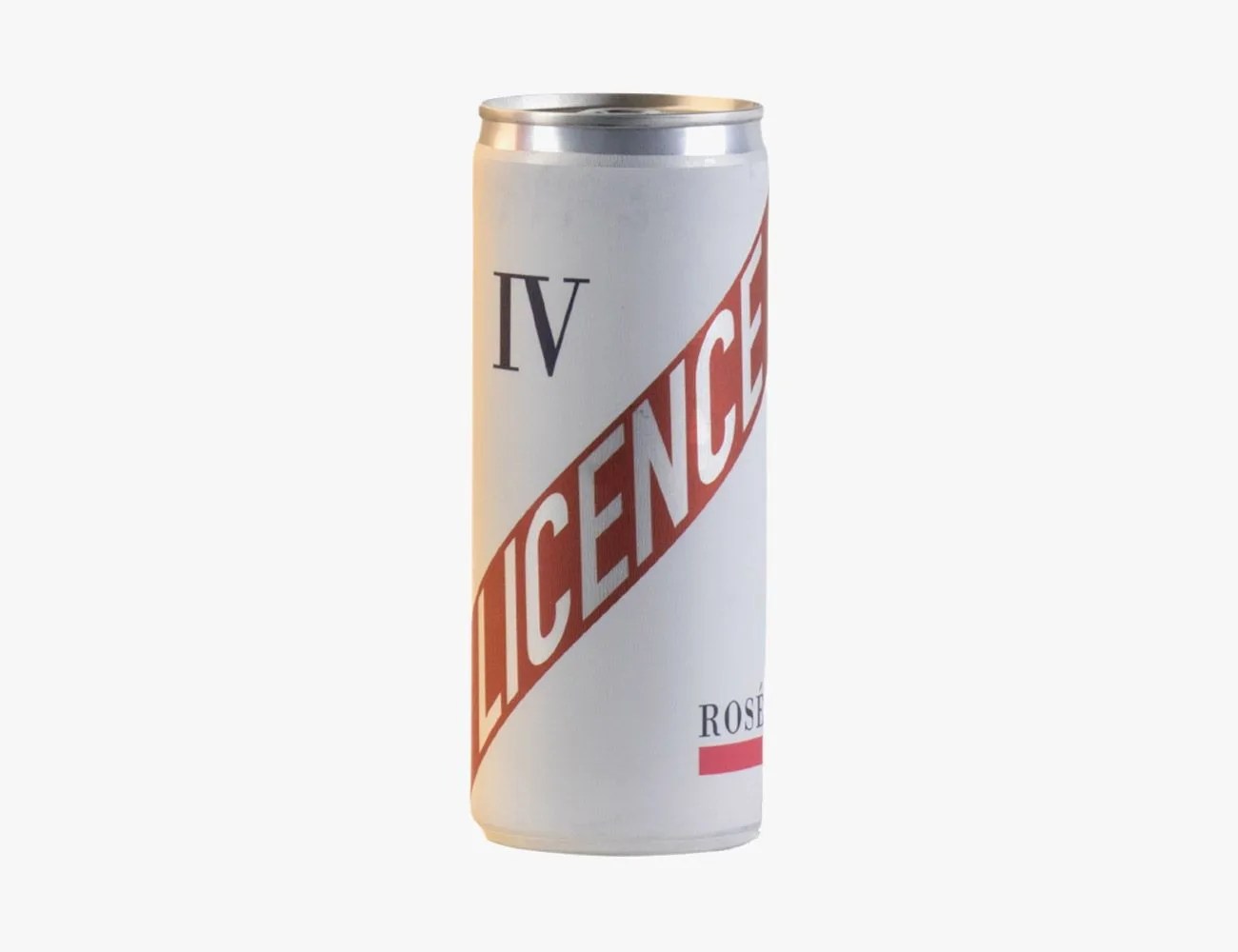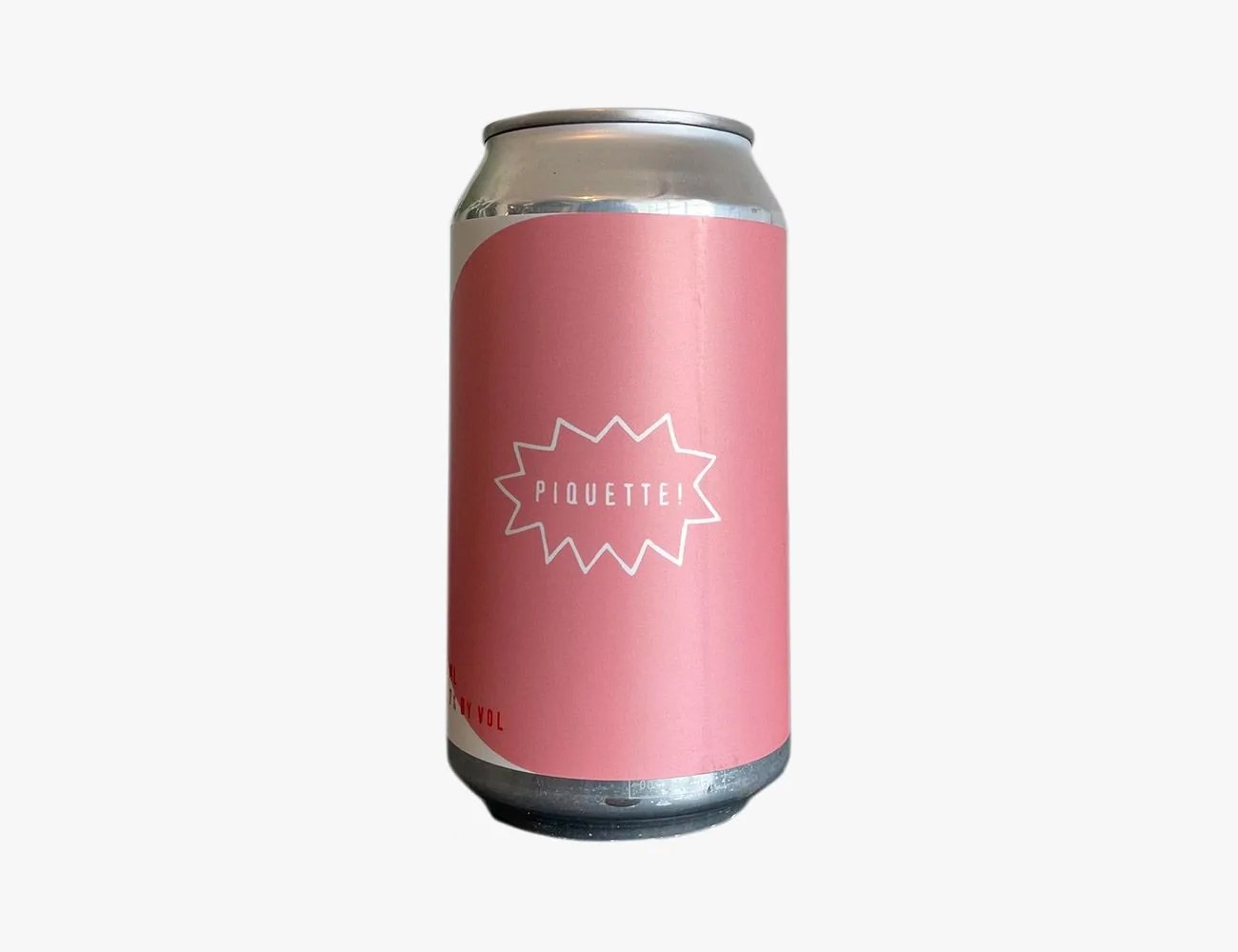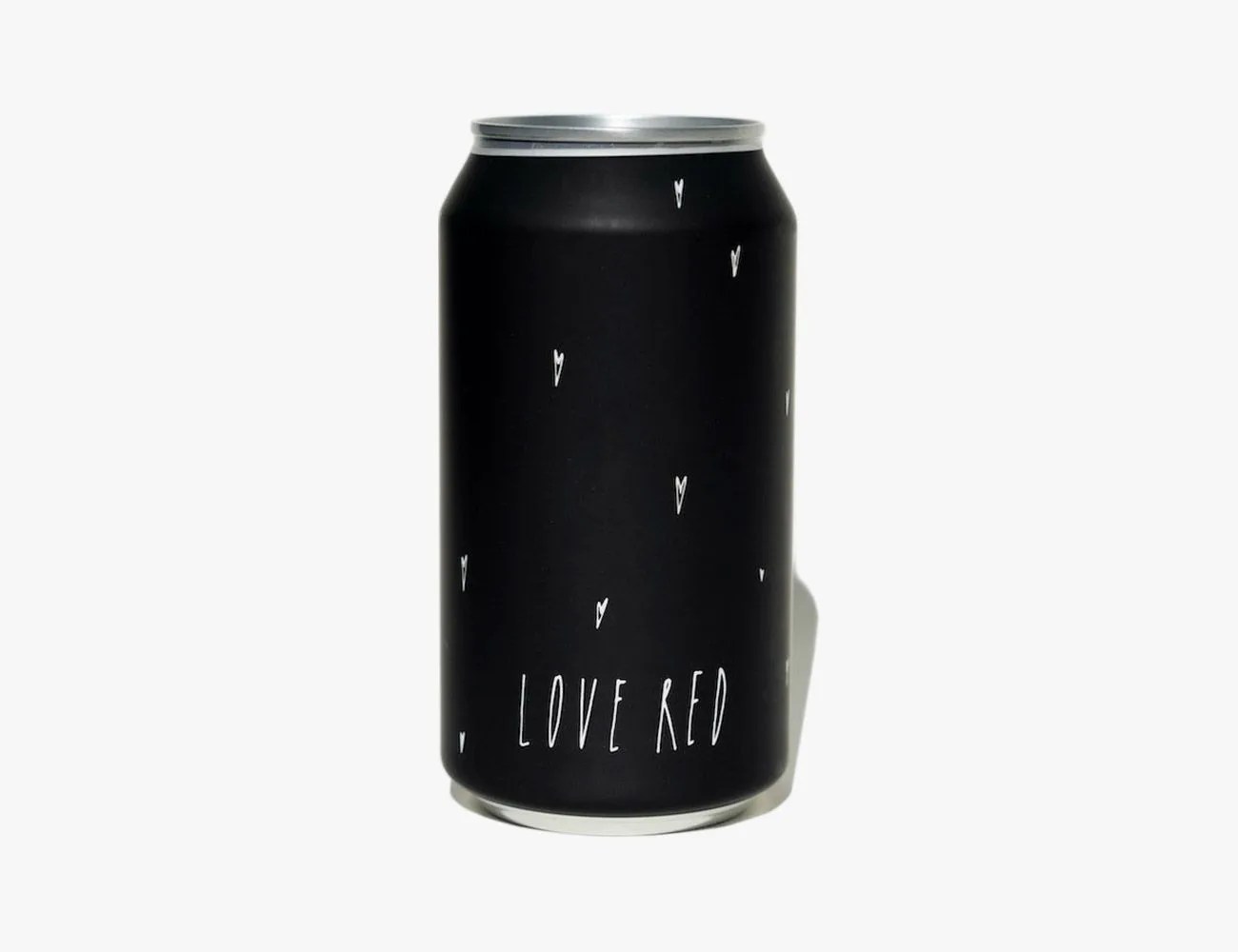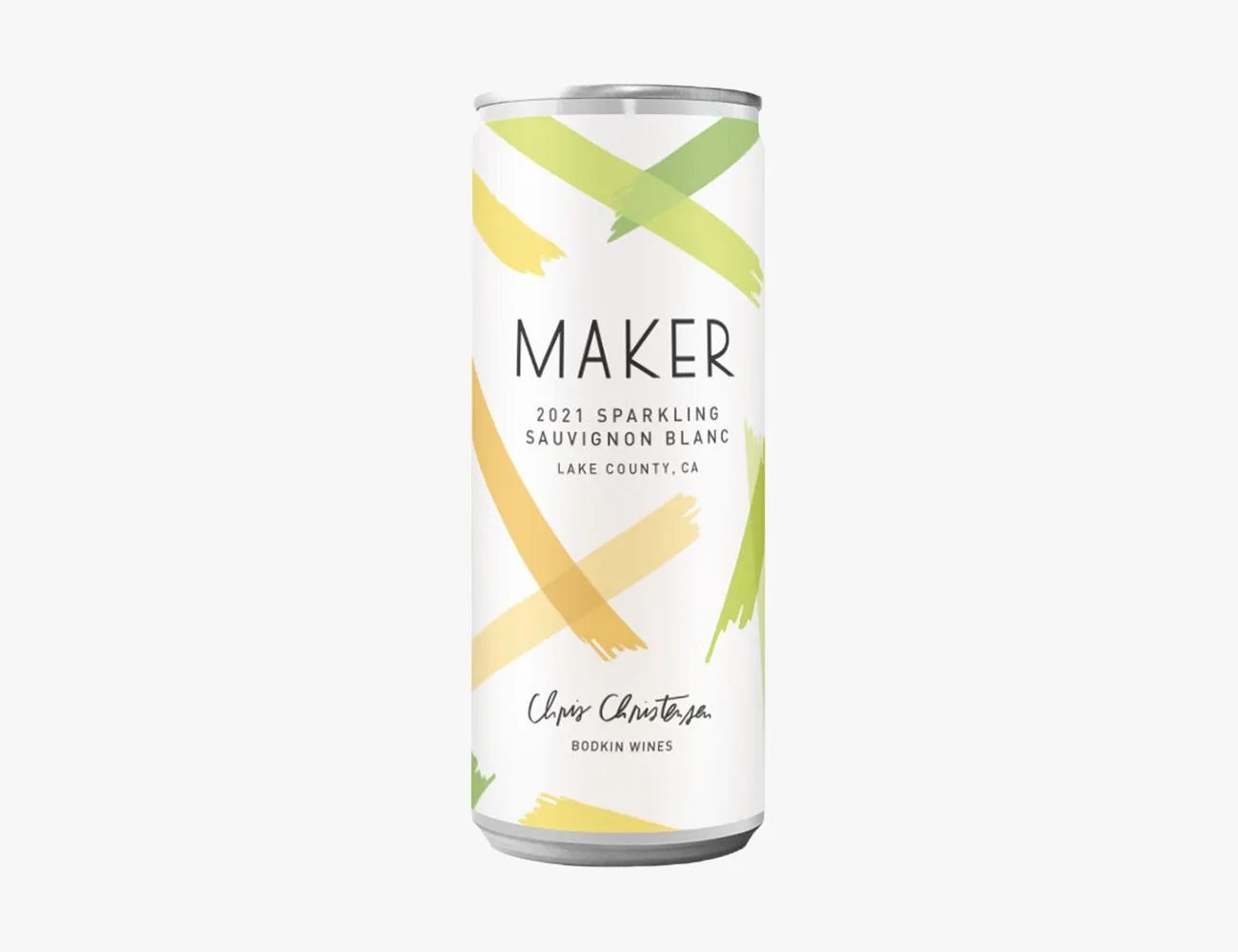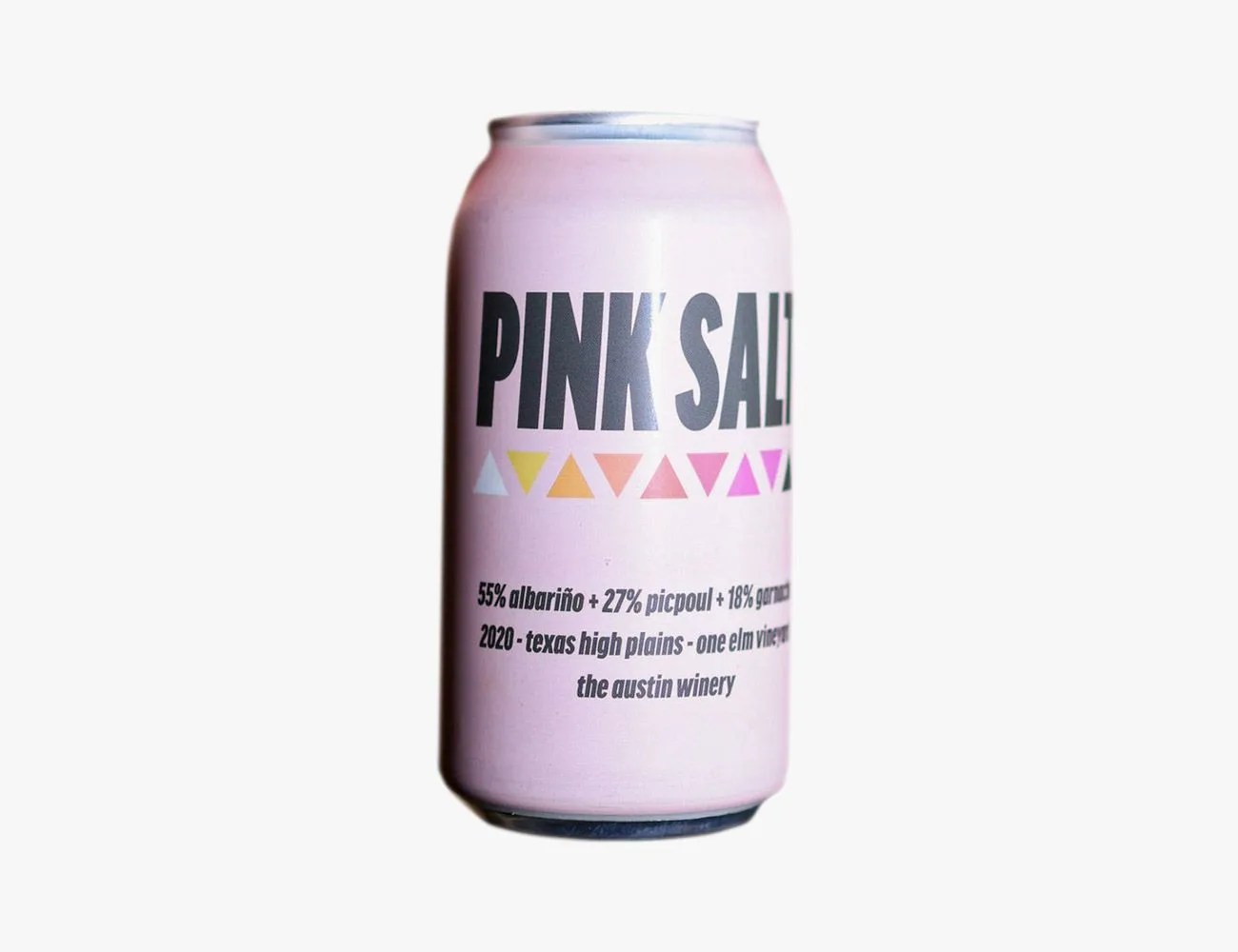You’ve probably seen a burgeoning beverage category populating the portable drinks section of your local grocery store or wine shop in the last few years, and you’re wondering if it’s any good. Just like the newer, better versions of boxed wine, canned wine has been coming into its own, and both winemakers and retailers are taking note.
Sure, there is more variety in the glass bottle category, but canned wine is typically more affordable, portable and you don’t have to worry about it going to waste if you only want a glass or two. It’s easy to pack into coolers for outdoor adventures and backyard barbecues, and the often fun, funky labels look really good on the ‘Gram. If you don’t know where to start on your canned wine journey, these nine brands are a sure bet.
- Best Overall Canned Wine: Las Jaras Wines Waves
- Best Splurge Canned Wine: Split Rail
- Best Budget Canned Wine: Ramona
- Best French Canned Wine: Licence IV
- Best Biodynamic Canned Wine: Wild Arc
- Best Organic Canned Wines: Nomadica
- Best Easy-Drinking Canned Wine: Broc Cellars
- Best Canned Wine from Smaller Producers: Maker
- Best Canned Wine from an Urban Winery: The Austin Winery
Is Canned Wine Any Good?
You bet it is. Just like any product category, certain brands and cans are better than others, but wineries are purposely canning their juice because it makes a delicious product more convenient. “Some of my favorite wines on the market right now are canned,” says Zach Mimms, head sommelier at Pinch Chinese. “Just because the wine is in a can does not mean it is of lower quality than wine in a bottle.”
Instead of thinking about canned wine as better or worse than bottled wine, simply think of it as different. “We don’t can bad wine,” says Ross McLauchlan, founder of The Austin Winery. “Think of it like a paperback versus a hardback book. Same words inside.” Not only should you give canned wine a chance for the taste, quality and convenience, but aluminum is lightweight and easy to recycle, so it’s a little better for the environment, too.

